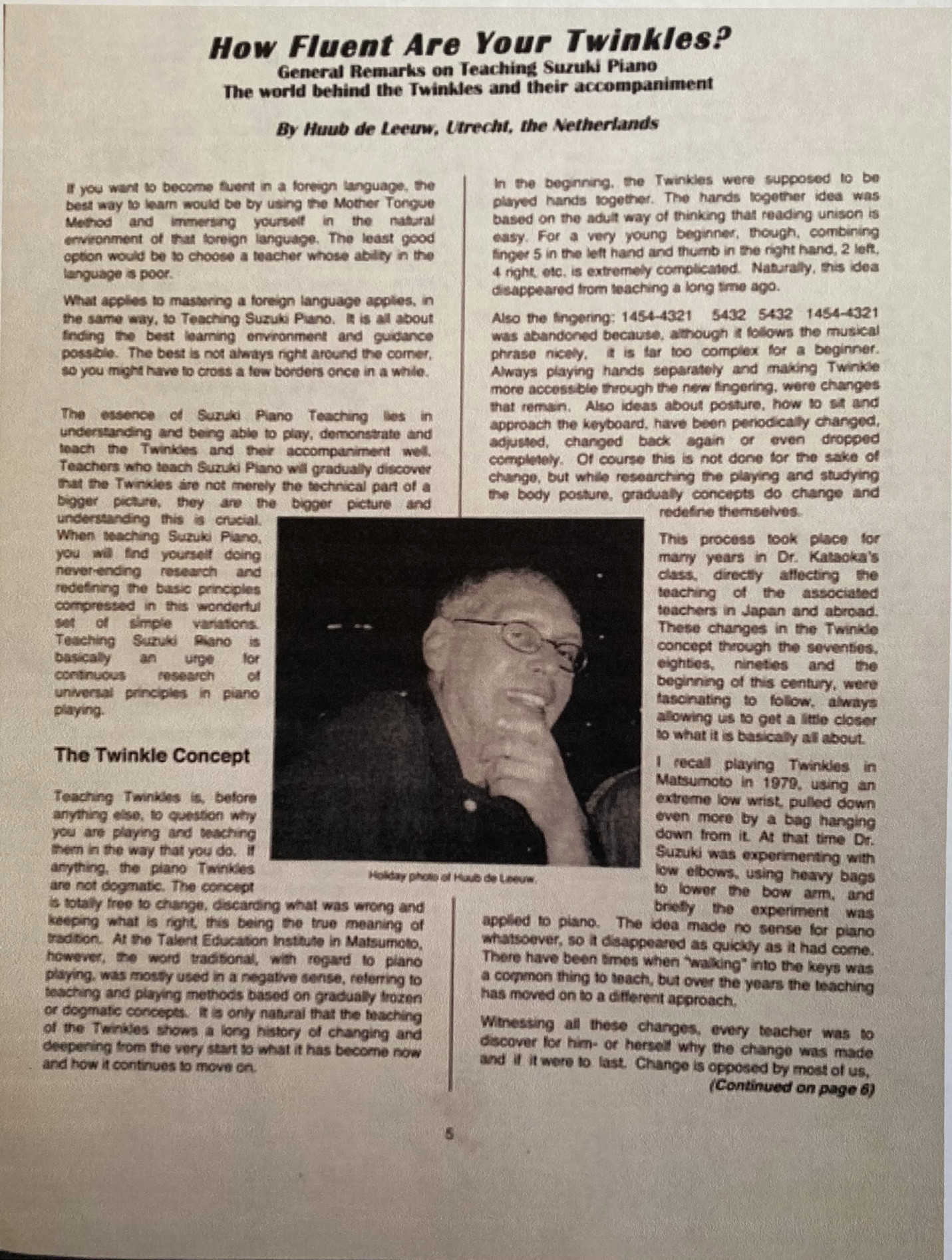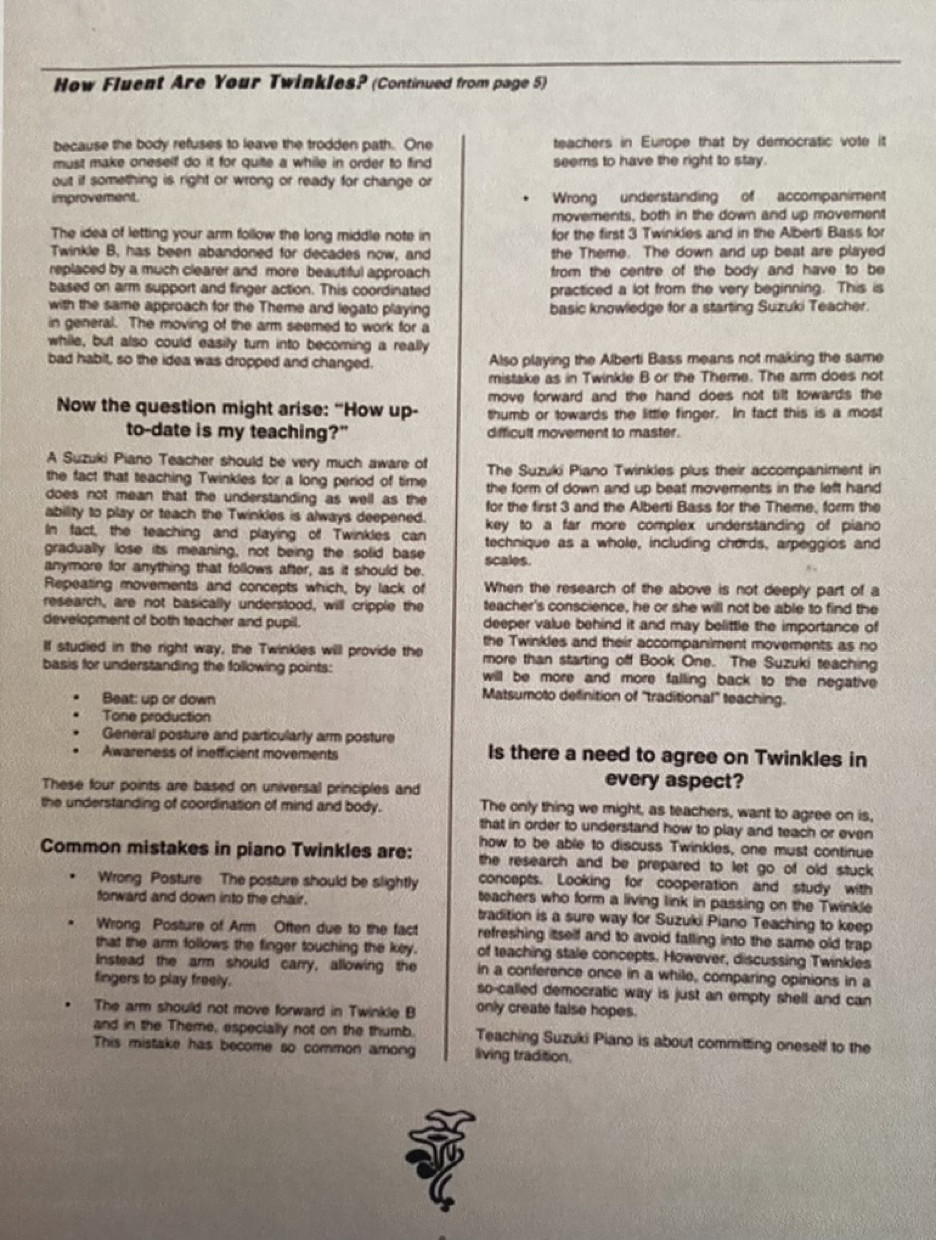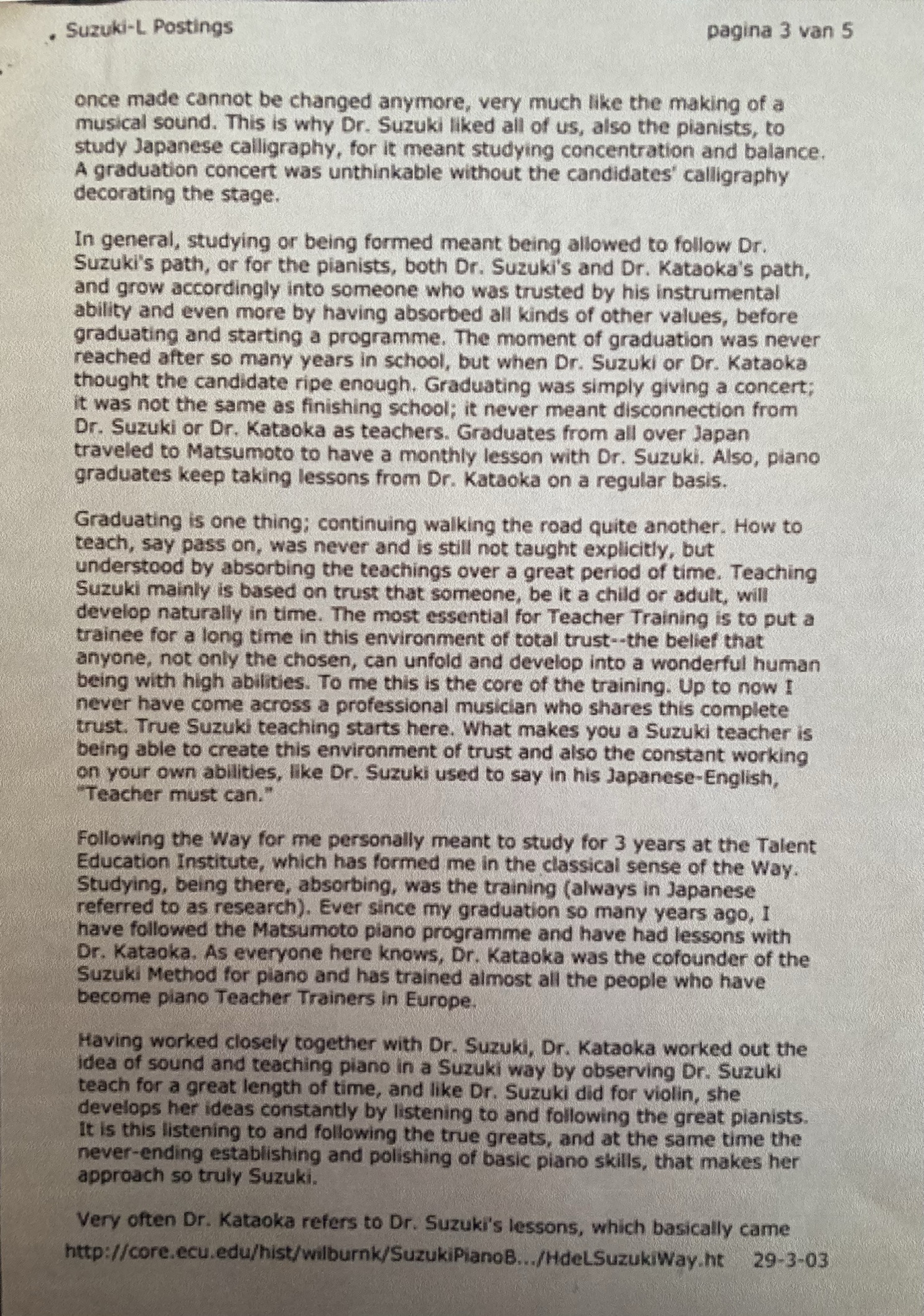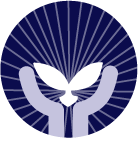Huub de Leeuw
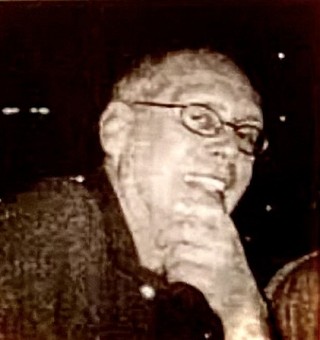
After Japan, my plan was to teach in the U.S., but I returned to Utrecht, my hometown, after a stay of half a year, started a Suzuki piano class, and was cofounder of the Dutch Suzuki Association. At the same time, I started the Suzuki Piano Teacher Training in the Netherlands and Belgium, participated in multiple workshops both in Europe and the U.S., went to Japan on a regular basis, and attended the 10-piano concerts both in Japan and the U.S.
Instruments studied in Japan: Piano
Dates in Japan: January 1979 – graduation in 1981; After graduation, I stayed on for more lessons and taught ten piano students at the Suzuki Institute for a year. I went to Japan on a regular basis, and attended the 10-Piano concerts in Japan, sometimes with pupils participating.
Locations of workshops with Dr. Kataoka or Dr. Suzuki that were outside of Japan: Multiple workshops both in Europe and the U.S., including the 10-piano concerts in the U.S. several times with pupils participating.
Recent photo with pupils:
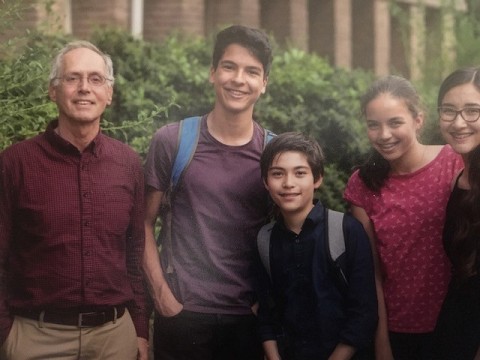
Memories
Suzuki memories
Like many long-term piano teacher trainees, I was asked by Kataoka-sensei to give my impressions of my stay and study in Matsumoto to be published in her book: Sensitivity and Education. I would like to add some thoughts to what I wrote in 1990.
My entrée to Japan and the Suzuki world
Because I had been always interested in Japan and especially Japanese art, I started to study some Japanese in the 1970s. So, at the age of 29, after a period of unsuccessful piano teaching, I mainly wanted to discover Japan, and yes, maybe learn something about Suzuki piano of which I had only a vague idea. To make the expected culture shock smoother, I chose the slow approach by train to Moscow and then the Trans Siberia Express. It was the beginning of January and cold, travelling through the USSR with many Russian Marines returning after the New Year’s break to their home base, Sachalin, north of Hokkaido. Upon my arrival at the Matsumoto Kaikan, I was still wearing a fur coat. There were only two other people in the lobby, also wearing fur. One was the Austrian Ambassador’s wife and the other, Mrs. Suzuki, who said in a rather reproachful voice: “Was machen Sie denn hier?!” When I explained that we had corresponded in German before, she welcomed me, of course, and up we went to the Kaikan Hall to attend my very first concert there.
The Talent Education Institute was not a school in the sense one would expect, and maybe for that reason was not acknowledged by the Ministry of Education. To me it was the feeling of freedom of being given the time necessary to develop. Not working to a certain goal and definitively not studying in order to get a diploma. Attending meant being attached to a Master Teacher, observing lessons, but most of all simply being in this learning environment all the time, in fact very much in the way traditional Japanese arts are mastered. Practicing for us foreign piano kenkyusei (research students) was difficult because we had to fight for a free piano, which meant sometimes days without practice. Still, being there and listening a lot (the Walkman had just become very popular) helped to overcome this difficulty. Apart from individual lessons and the weekly Monday Concert, we had historic music performances class by Aoki-sensei, melody analysis by Takahashi-sensei, and my favorite: Shuji class, Japanese calligraphy, by Akiyama-sensei. Like music, shuji is a time art, there is not such a thing as changing a mistake, you just start over again. It’s all about balance and rhythm, like mastering an instrument. Suzuki-sensei also loved the repetitive motions required for this art, so all the kenkyusei had to take shuji lessons with Akiyama Sensei. I felt lucky that Suzuki-sensei praised my final shuji work for my sotsugyou (graduation), which, by the way, is not a graduation in the normal sense. More a statement by your teacher that he/she trusts you to have made a beginning of understanding. Seeing my shuji result Suzuki Sensei said, “Oh…. Good!” and half-jokingly added, “Maybe everyone should graduate in shuji first.” Another comment by Suzuki Sensei was during Monday Concert. Monday concerts were often long and tedious, but Suzuki Sensei managed to listen attentively to every kenkyusei, once in a while coming up to the podium to give advice. In my case, when I was studying the Mozart Coronation Concerto, Sensei handed me a cassette tape with the request to play Clara Haskil’s cadenza. Also in Piano class Kataoka-sensei once in a while tried to follow Suzuki-sensei’s “new idea.” One time the idea was to get a strong bow hold by hanging a heavy bag from your bow arm. So, we piano kenkyusei were asked to hang a heavy bag from our wrists while playing. (Not for long, though… The idea was quickly abandoned.)
Having studied in Japan in ’79 and the early eighties has changed my life in many positive ways. Teaching piano using Kataoka-sensei’s basic techniques became a true pleasure. Also staying in contact with Japan and meeting other Suzuki piano teachers regularly, being part of a greater movement — what a difference it made! Maybe the most rewarding thing was to have made friends for life, both Japanese and “foreign.”
— Huub de Leeuw, Utrecht August 16 2023
Photo in Matsumoto
Huub de Leeuw and Dr. Suzuki
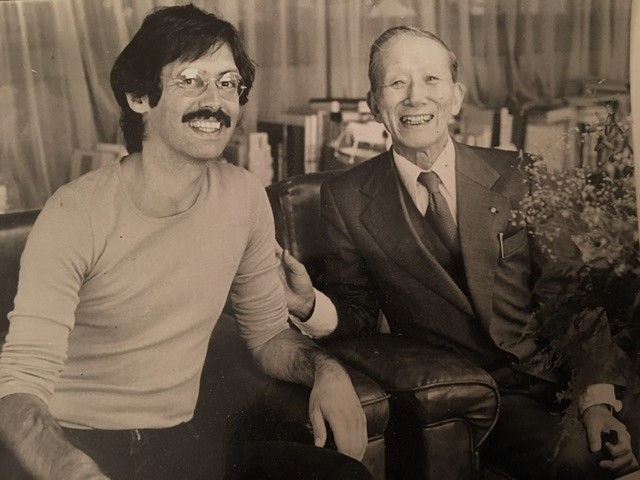
Articles

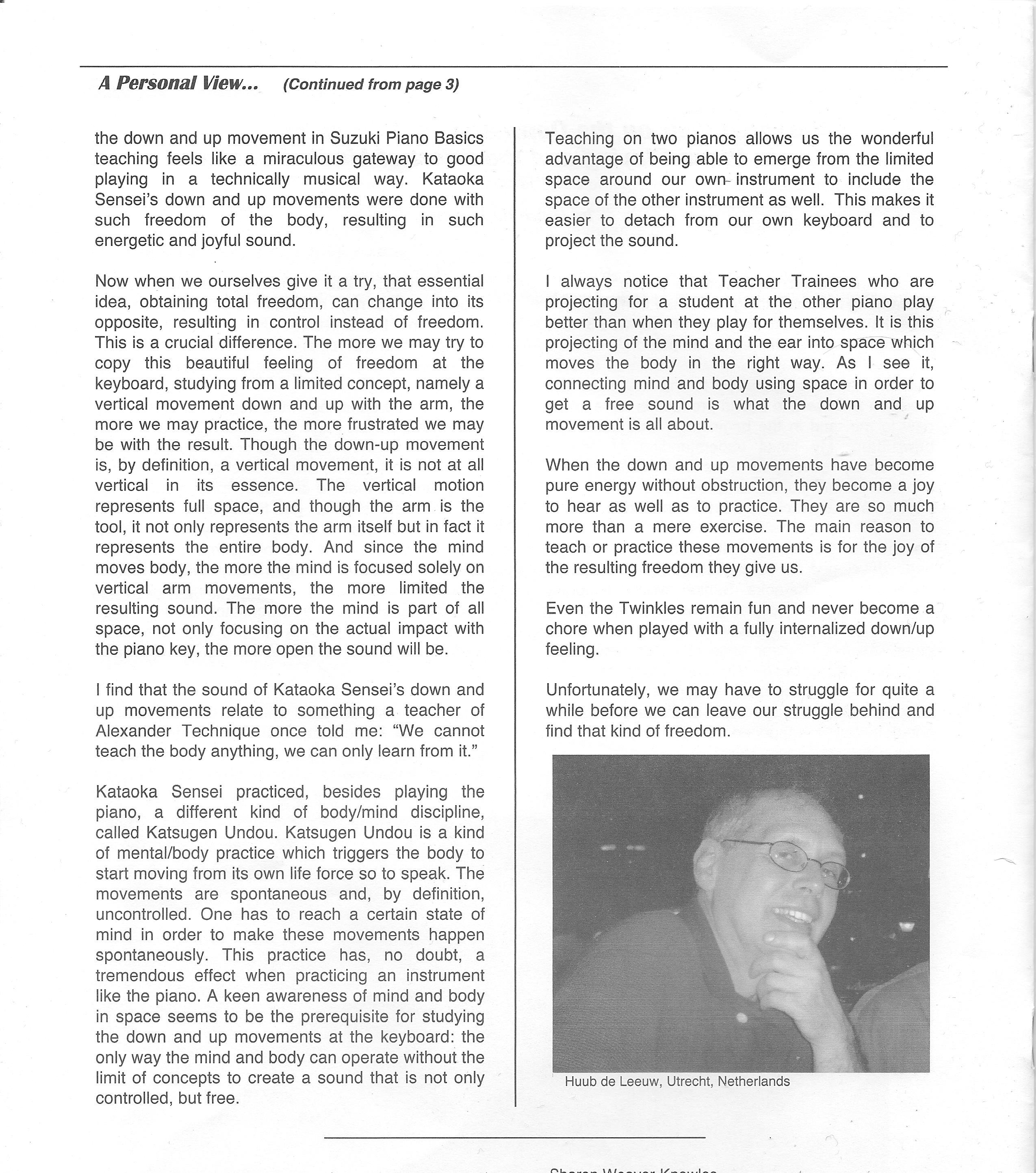
Other Articles about Experiences and Concepts Learned in Matsumoto:
